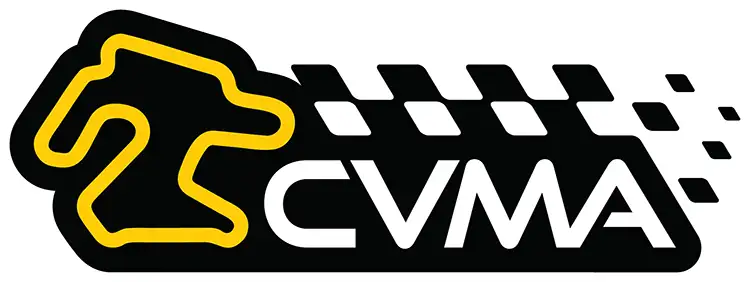CVMA Start Procedure
How the Race Lights Start Procedure Works
Grid Positions
Riders will line up in their designated grid positions as usual. A grid marshal will be stationed at the front of the grid, holding a red flag—just like in previous seasons.Starter’s Position
The starter will ascend the same starter stand we’ve always used. Above the starter, you’ll notice six red lights that will play a crucial role in the new system.Start Sequence
A. When the race is ready to begin, the grid marshal will step aside and jump over the wall.
B. At this point, the six red lights above the starter will turn on—this is your signal to rev your engines and prepare for the start.
C. After a few seconds, the red lights will turn off. When the lights go out, it’s time to launch—the race has officially started.
What Happens if the Start is Aborted?
In the event that the start must be aborted after the red lights are on, the following will happen:
Aborting the Start
The starter will raise a red flag, signaling that the start has been canceled. If you see this, all riders on the grid should immediately take their right hand off the throttle raise it above their head, and wave it vigorously. This lets everyone know that the start has been aborted.Restarting the Procedure
The grid marshal will return to the front of the grid with the red flag. Once the situation is resolved, the start procedure will be repeated from the beginning.
Multiple Waves
For races that have multiple waves, each wave will follow the exact same procedure as the first wave. After the first wave starts:
- The grid marshal holding the next wave will clear the track.
- The red lights will come on, and after a few seconds, the lights will go off to signal the start for that wave.
- This process will be repeated for each subsequent wave.
